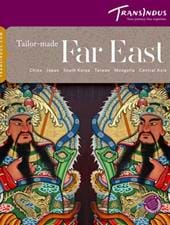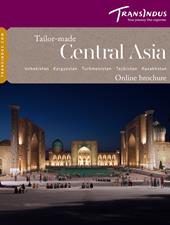Half a day’s journey southeast of the capital, Gyeongju was the seat of the powerful Silla dynasty, who ruled over the region between 57 BC and 935 AD. An exceptional crop of monuments survives as their legacy, the most impressive of them dating from the 7th and 10th centuries.
Comprising temples, pagodas, ancient burial sites, statues and gardens, they stand in the shadow of Mt Namsan, Korea’s most sacred peak, whose many shrines can be viewed from the pilgrimage paths ascending its sides.
Royal Tumuli Park: There will be no less than four UNESCO-listed World Heritage Sites at Gyeongju. The first is the Royal Tumuli Park – a collection of smooth-sided, grassy mounds in which the Silla Kings lie buried. Many of these tombs remain unopened, but treasures from those that have – including several solid gold crowns, ornamental weapons and the huge ‘Emille Bell’ – are displayed in the Gyeongju National Museum, along with ceramic items and other religious offerings dredged from the nearby Wolji Pond.
Bulguksa Temple: Gyeongju’s crowning glory, however, is the resplendent Bulguksa temple on the southeast flank of the valley. Nestled amid pine, peach, plum and cryptomeria trees on the lower slopes of Mount Tohamsan, the sprawling Buddhist complex is the oldest and most famous Silla shrine surviving in Korea.
Although its richly painted carving dates from the Joseon era, the stonework and deities all originate in the reign of King Gyeongdeok (mid-8th century). The architect responsible for Bulguksa also designed the exquisite Seokguram Grotto along a shady forest path further up the hill.
Sculpted from white granite and enshrined beneath a domed ceiling on a lotus-bloom pedestal, its centrepiece is a seated Shakyamuni – a sensually carved, eerily lifelike and perfect piece regarded as the high watermark of Buddhist art in the Far East. The dome above it was built from perfectly carved granite blocks without using mortar.








